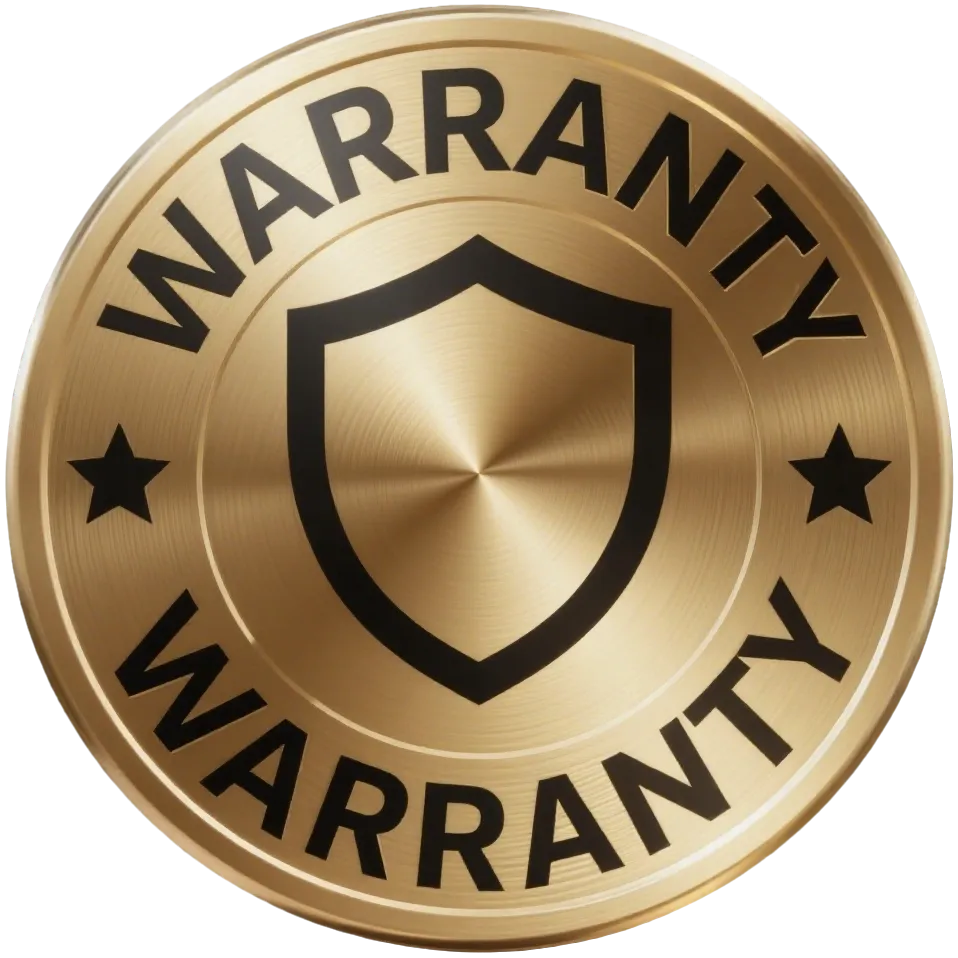Most of us associate a hot shower with relaxation, not radiation. But in some homes, turning on the tap can release more than just steam—it can release a radioactive gas linked to lung cancer. The source? Radon in water.
While radon is commonly discussed in the context of soil and basement air, many people don’t realize it can also dissolve in groundwater and be released into the air when you bathe, wash dishes, or do laundry. It’s an invisible, odorless hazard that may be quietly affecting your health every day.
In this post, we’ll explore how radon gets into your water supply, how it turns your shower into a radon emitter, and what you can do about it. We’ll also introduce the AEGTESTSHOP Radon Detector, a powerful, easy-to-use tool designed to help you track and manage indoor radon levels—especially if you use well water.
What Is Radon?
Radon is a naturally occurring radioactive gas produced by the decay of uranium in soil, rock, and groundwater. It’s completely invisible and has no taste or smell, but it’s anything but harmless. Radon is the second leading cause of lung cancer worldwide, according to the World Health Organization (WHO), and causes over 21,000 deaths each year in the U.S. alone, as reported by the EPA.
Most commonly, radon enters homes through the ground, seeping up from soil and rock into basements and ground floors. But in homes with private wells or groundwater sources, radon can also come through the plumbing—dissolved in the water supply and released into the air during use.
How Does Radon Get into Water?
Radon is soluble in water, particularly groundwater. It leaches into aquifers through contact with uranium-rich rocks and sediments. When that water is drawn up into your home—especially via private wells—it brings radon with it.
Here’s what happens next:
-
You turn on the shower, the dishwasher, or the washing machine.
-
The agitation and heat of the water release dissolved radon gas into the air.
-
You inhale radon in the confined, often poorly ventilated space of a bathroom or laundry room.
-
Over time, this exposure increases your risk of lung cancer, especially with daily use.
While radon in water is also slightly harmful if swallowed, the greater health risk comes from inhaling the gas released from water into the indoor air.

Is My Home at Risk?
Your risk depends largely on the source of your water.

If your water comes from a municipal system, it’s usually treated and aerated, which removes most radon before it ever reaches your faucet. But if you’re on a private well, especially in areas with granite, shale, or volcanic rock, your home may be a radon hotspot—and you may not even know it.
Real-World Example: A Hidden Threat in a Rural Home
Take the case of Anne and Greg, a couple living in a scenic, rural home in Vermont. Their drinking water came from a deep private well. They had heard about radon but believed that occasional air ventilation was enough. Then Anne began experiencing respiratory issues.
At the advice of a friend, they purchased the AEGTESTSHOP Radon Detector and placed it in their bathroom and basement. To their shock, radon levels were more than triple the EPA’s action limit after every morning shower. The culprit? Radon-laden well water.
Thanks to continuous monitoring, they were able to take immediate steps: installing a water aeration system and improving bathroom ventilation. Within weeks, radon levels had dropped significantly.
How Much Radon in Water Is Dangerous?
The EPA does not regulate radon in private wells, but it provides a guideline level of 4,000 picocuries per liter (pCi/L) of water. Why so high? Because 10,000 pCi/L in water contributes approximately 1 pCi/L to indoor air, and most radon risk comes from inhalation, not ingestion.
However, even levels as low as 500 pCi/L in water can add significantly to airborne radon—especially in small or poorly ventilated spaces.
EPA Action Levels:
-
Radon in air: 4.0 pCi/L (action level)
-
Radon in water (from private wells): 4,000 pCi/L (suggested remediation)
-
Cumulative air exposure over time is the greatest risk
How Can You Test for Radon in Water?
Testing water for radon requires a specialized laboratory analysis, usually conducted by collecting water samples and mailing them to a certified lab. However, testing air levels is the fastest and most practical first step—especially if you suspect your water may be the source.
That’s where the AEGTESTSHOP Radon Detector becomes an invaluable tool.
The AEGTESTSHOP Radon Detector: A Smart First Line of Defense
The AEGTESTSHOP Radon Detector is designed for everyday users—giving you continuous, real-time data on your indoor air’s radon levels. It’s especially useful for homeowners with private wells or suspected radon sources in bathrooms, kitchens, and laundry areas.
🌟 Key Features:
-
Quick Detection: Get reliable radon readings in just 1 hour of setup.
-
Long-Term Monitoring: Track radon levels hourly, daily, and monthly, so you can spot trends over time.
-
Clear Digital Display: Easy to understand at a glance—no lab tests or waiting.
-
Threshold Alerts: Alarms when levels exceed 4.0 pCi/L, helping you act fast.
-
Portable: Easily move it from the basement to the bathroom to monitor different zones.
-
No Hidden Fees: One-time purchase, no subscription or data charges.
Whether you're monitoring the air after a shower or tracking long-term exposure in a well-fed home, the AEGTESTSHOP detector provides peace of mind and real-time insights.
What Can You Do If You Have High Radon in Water?
If your AEGTESTSHOP detector shows elevated radon levels—especially after water use—here are some steps you can take:
1. Confirm with Water Testing
Send a sample of your water to a certified radon laboratory to determine the concentration of radon in your well.
2. Install a Radon Mitigation System for Water
There are two main types:
-
Aeration Systems: These remove radon by spraying water into a holding tank, allowing gas to escape before the water enters your home.
-
Granular Activated Carbon (GAC) Filters: These trap radon in carbon, but must be maintained and replaced regularly (and can become radioactive over time).
3. Improve Room Ventilation
Install bathroom exhaust fans or increase air exchange in areas where hot water is used frequently.
4. Monitor Continuously
Continue using the AEGTESTSHOP Radon Detector to track radon levels over time. This ensures your mitigation efforts are working—and alerts you to any changes.
Common Myths About Radon in Water
Let’s bust a few dangerous myths:
-
“I have clean-tasting water, so it must be safe.”
Radon is tasteless and odorless—it could be present even in crystal-clear water. -
“I installed a water filter, so I’m protected.”
Most common filters (like carbon pitchers or reverse osmosis) do not remove radon gas. -
“I don’t drink much water, so it doesn’t affect me.”
Inhalation, not ingestion, is the primary health risk from radon in water.
Why Continuous Monitoring Is Critical
Radon levels fluctuate based on:
-
Water usage patterns
-
Seasons (e.g., more indoor time in winter)
-
Well depth and geology
-
Mechanical systems in the home
This is why short-term tests are not enough. A one-time snapshot won’t show you spikes that occur during specific activities, like a morning shower. The AEGTESTSHOP Radon Detector gives you a full, ongoing picture of your exposure—so you can make informed decisions.
Who Should Be Especially Vigilant?
You should test for water-related radon if:
-
You use a private well.
-
You live in a granite or uranium-rich geological area.
-
You’ve never tested your water or air for radon.
-
You have young children or elderly residents in the home.
-
You use a lot of hot water in a closed space (like long showers or laundry in the basement).
Final Thoughts: Don’t Let Radon Steam Into Your Life
Most of us think of the shower as a safe space—where we wake up, relax, or unwind. But in homes with radon-contaminated water, every drop of hot water may be releasing an invisible, radioactive gas into the air we breathe.
The good news? This problem is completely preventable. With awareness, testing, and the right tools, you can take control of your indoor air quality and protect your family.
The AEGTESTSHOP Radon Detector is your first, most important line of defense. It turns invisible data into actionable insight—no waiting, no guessing.
Take Action Today:
✅ Get the AEGTESTSHOP Radon Detector
✅ Place it in your bathroom, kitchen, or basement
✅ Track radon levels during daily water use
✅ Follow up with water testing and mitigation if needed
Clean water doesn’t always mean safe water.
Measure what matters—because you can’t filter what you don’t detect.






